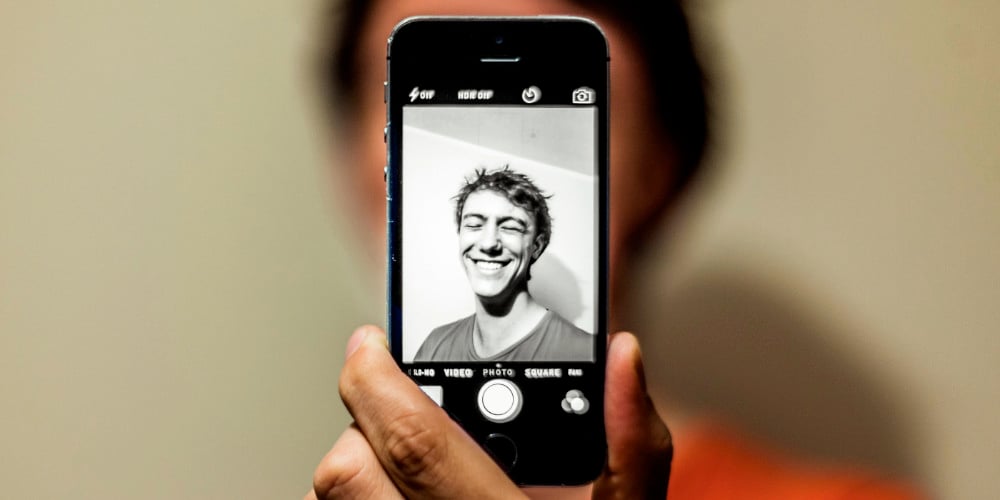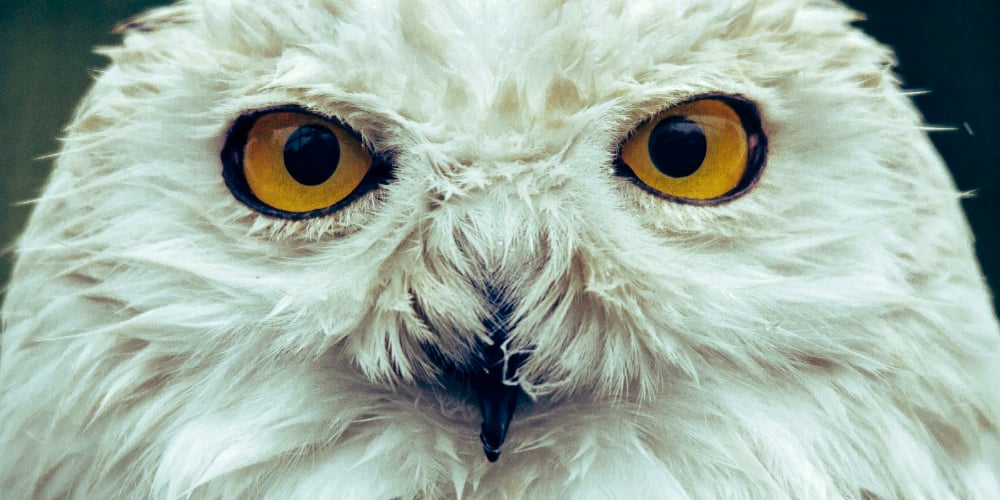As technology progresses, computers are getting more and more useful, and they are getting better at interacting with the world in a way that is more, well, human. With the latest advancements in computer vision technology, computers are now getting closer to “seeing” the way that people do.

Computer vision is a trending topic in the world of Artificial Intelligence. Artificial Intelligence seeing rapid adoption in the eCommerce business to generate Revenue. Self-driving cars, augmented reality, and facial detection applications are just a tiny sample of applications that are powered by computer vision AI. Computer vision technology is an integral part of all of these applications and is playing a major role in digital transformation. The potential is huge; the global market for computer vision has steadily been growing from $6.6 billion in 2016 and is expected to reach $48.6 billion by 2022.
Computer vision (CV) is a field of computer science that focuses on creating digital models to process, analyze and understand image and video data. A sub-branch of AI, CV works with training computer systems to understand the visual world. Computers don’t have the subjective “experience” of vision the way that people do, but computers can explore and extract meaningful information from images, and this information can be used to drive actions and automate systems.
Let’s take the example of a jigsaw puzzle. When you attempt to solve a jigsaw puzzle, what would be your approach? You would assemble all the pieces and form an image with them. That’s how computer vision technology works. Its neural networks segregate the pieces of an image and identify their characteristics and then piece them all together.
Computer vision works based on pattern recognition. A computer vision model is fed images, called inputs, and returns a word as their output, a descriptive keyword. Suppose that you wanted to identify dogs in a large amount of images. It would be impossible to go through every image yourself to find all of the dogs. Computer vision accelerates this process. To do this, the system has to be fed hundreds, thousands or even millions, depending on your desired output, of images of dogs. Then the system processes these images, identifies patterns that identify the image as dogs and finally learns what a dog looks like. Whenever an image of a dog is sent to the system, it’ll be able to recognize the image based on being trained on what a dog looks like.

Car companies, like Tesla, are using computer vision software in their self-driving cars. Computer vision technology allows cars to get a sense of their surroundings with the help of cameras. These cameras capture videos of the surroundings and send the data back to the computer vision software. The video footage is analyzed, and the system identifies objects like traffic signals, other cars, pedestrians, etc., The system is trained to understand what is safe and what objects to avoid. Based on this data, the car is able to safely drive passengers to their destinations.
Facial recognition technology is used to identify the faces of individuals to establish their identities. The technology uses its algorithms to identify the facial features in the images and compare them with existing images. There has been much controversy over the use of Custom facial recognition software and privacy, but there are beneficial applications for it. One example can be found in smartphones. Remember, when you try to unlock your phone, your face is identified by the software first in order to gain access of the phone.
The use of computer vision applications in the healthcare domain is growing steadily. Computer vision models can be trained with images to understand the trends and find anomalies in those medical images that are fed to it. Not only is it being used for diagnostic applications to help doctors make better informed decisions, but also it’s used in medical imaging, cancer screening and more. One of the most common examples is using computer vision for medical image analysis. CV technology can be used to detect tumors and other illnesses by examining radiological scans to find anomalies that a human eye may miss.
Computer vision technology has tremendous potential in the agricultural sector. It’s helping to improve operational efficiency and accelerate the increase in agricultural productivity in a more accurate manner. Computer vision techniques using semantic segmentation and image annotations are used for detecting and identifying particular objects in images or video. Computer vision-enabled cameras can be trained to detect unfavorable conditions, crop health information, land boundaries and more. The early detection of pest infestations by this technology helps farmers to take necessary action to protect their crops, in turn saving them from financial loss while improving the quality of their yield.
Computer vision is providing “ubiquitous vision” with network and cooperative arrays of cameras. The objective is to apply computer vision techniques and algorithms to various environmental conditions for security, surveillance and protection of physical infrastructures under human and vehicular threats. Using computer vision and AI automation, video footage can be reviewed faster and more accurately than a human could do. CV is being used to protect facilities and identify people, as well as search for weapons and vehicles. From inspecting cargo at ports to monitoring crowds, this technology processes images, organizes them and provides insights in order to make more informed decisions significantly faster than humans could do on their own, which facilitates faster decision making for better outcomes.
Computer vision and AI is helping military and defense identify threats, mitigate risk and make more informed decisions faster. With computer vision, it’s become easier and significantly faster to extract actionable intelligence from large amounts of video, photos, audio and documents used in investigations, surveillance and criminal justice. CV is being used to automate targeting systems. With faster missile systems, reaction times must be faster than a human operator could provide. It’s also being used to process video footage from satellites, drones and other sensors at the edge which create large amounts of actionable data, which CV can help to process.
Computer vision adoption is growing steadily. Be it video-detection systems in self-driving cars, 3D printing in manufacturing, healthcare or advanced sensors in defense and logistics, technology is playing its part.
In the present world, computer vision technology is not only being used to save human lives, but also to transform processes and improve experiences. CV is having an impact across all industries, and applications today are surely only the tip of the iceberg. Clarifai can help you to build your computer vision app.
© 2023 Clarifai, Inc. Terms of Service Content TakedownPrivacy Policy






© 2023 Clarifai, Inc. Terms of Service Content TakedownPrivacy Policy